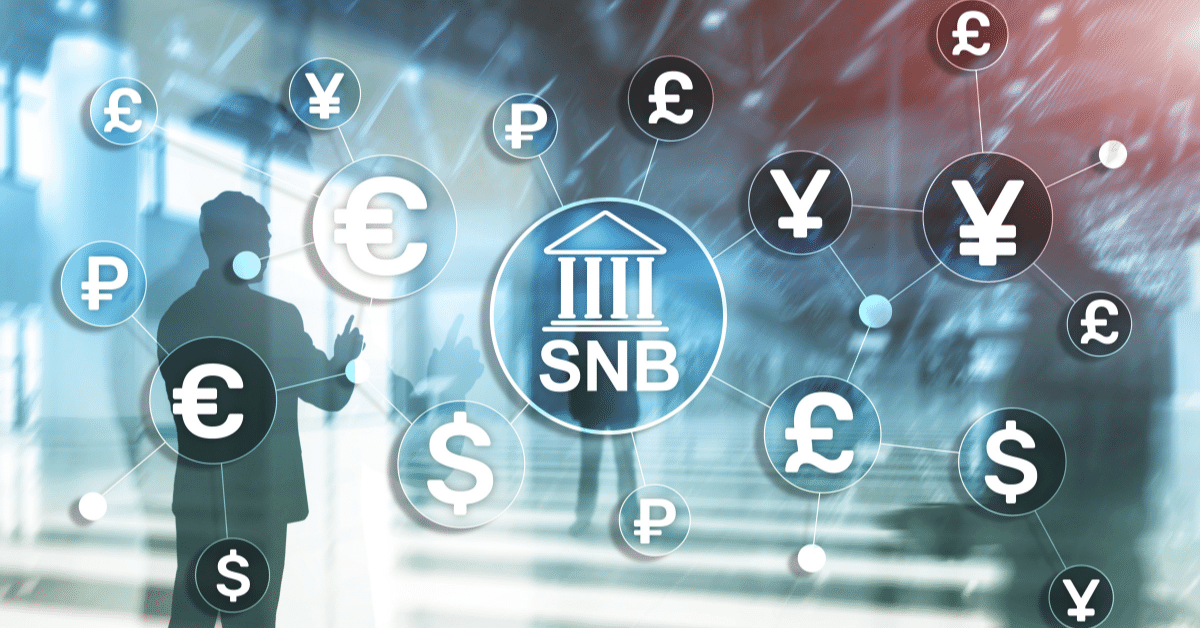The world of banking has actually gone through a transformative trip, especially in the method deals and information are managed. Among the crucial facets contributing to this advancement is the background of categorization within the banking center. From the fundamental approaches of early document maintaining to the sophisticated technological services of today, the categorization history attribute has actually played an important duty in shaping the financial landscape.Let’s start with me to understand the “Categorization History Feature in the Banking Center”.
 A. Definition of Categorization
A. Definition of Categorization
In the financial context, classification describes the organized classification and company of monetary transactions and data. This procedure makes it possible for financial institutions to improve operations, enhance threat management, and guarantee compliance with governing requirements.
Significance in the Banking Center
Categorization is not just a mundane management job; it acts as the foundation of effective financial procedures. The capability to classify transactions precisely equips banks to make informed choices, evaluate risks, and deliver tailored solutions to clients.
 B. Historic Evolution of Categorization in Banking
B. Historic Evolution of Categorization in Banking
Early Record Keeping
The earliest type of categorization in financial can be traced back to hand-operated record-keeping techniques. Financial institutions thoroughly classified transactions making use of ledgers, offering a foundation for organized financial management.
Emergence of Modern Banking Systems
As financial systems progressed, so did categorization methods. With the development of computers, financial institutions transitioned from guidebook to automated categorization, dramatically improving precision and effectiveness.
Technological Advancements
In the 21st century, technical innovations such as artificial intelligence (AI) and machine learning (ML) have revolutionized categorization in financial. These innovations make it possible for banks to evaluate large quantities of data in real-time, improving the precision of purchase categorization.
 C. Secret Features of Categorization in Banking
C. Secret Features of Categorization in Banking
Transactional Categorization
Categorizing purchases based on kinds, such as down payments, withdrawals, or transfers, is basic. Exact transactional categorization helps with a clear understanding of cash flows and client habits.
Risk Assessment
Categorization plays a critical role in danger evaluation by identifying prospective abnormalities or irregularities in deals. This aids in scams discovery and makes certain the safety and security of financial operations.
Regulatory Compliance
To follow ever-evolving regulations, financial institutions need to categorize deals according to legal standards. This not only makes sure adherence to laws however additionally promotes effective reporting to regulative bodies.
 D. Obstacles in Categorization
D. Obstacles in Categorization
Data Accuracy
Despite technological developments, preserving precise data stays a challenge. Inaccuracies in classification can result in mistakes in financial coverage and decision-making.
Dynamic Nature of Banking
The dynamic nature of the financial sector, with frequent modifications in services and products, poses a challenge to static categorization systems. Adaptability is crucial to adapting to advancing banking patterns.
Security Concerns
As categorization involves sensitive monetary data, making sure the safety and security of categorized info is extremely important. Banks must invest in robust cybersecurity measures to secure client info.
 E. Innovations and Technological Solutions
E. Innovations and Technological Solutions
Artificial Intelligence
AI-driven classification systems take advantage of equipment finding out algorithms to continuously improve precision. These systems adapt to altering patterns and boost classification effectiveness in time.
Machine Learning Algorithms
Artificial intelligence formulas play a pivotal role in classification by analyzing historic information to predict future fads. This proactive approach improves the ability to classify deals with accuracy.
Blockchain Technology
Blockchain technology guarantees the stability and security of classified data via decentralized and tamper-resistant ledgers. Its adoption in financial enhances transparency and depend on.
 F. Impact on Customer Experience
F. Impact on Customer Experience
Personalized Services
Accurate categorization enables financial institutions to recognize customer choices and actions, helping with the distribution of tailored services. Customers gain from customized financial remedies based upon their purchase history.
Enhanced Financial Planning
Categorization equips customers to track their costs patterns and intend their finances efficiently. It serves as an useful tool for budgeting and accomplishing financial objectives.
Improved Fraud Detection
By classifying purchases and evaluating patterns, financial institutions can find unusual tasks indicative of fraud. This proactive method enhances the safety and security of client accounts.
 G. Future Trends in Categorization
G. Future Trends in Categorization
Integration of Big Data
The integration of huge information analytics will certainly better improve the capacities of classification systems. Evaluating huge datasets will offer deeper understandings into client behavior and market patterns.
Continued Advancements in AI
AI will continue to develop, leading to more sophisticated categorization models. These developments will certainly contribute to higher precision and performance in transaction classification.
Regulatory Adaptations
Categorization systems will certainly advance to meet the transforming landscape of governing requirements. Banks will certainly need to adapt their categorization refines to adhere to brand-new and emerging requirements.
 H. Case Studies
H. Case Studies
Successful Implementation Stories
Highlighting instances where financial institutions effectively implemented innovative categorization systems and gained benefits in terms of efficiency, customer contentment, and danger management.
Lessons Learned from Failures
Analyzing situations where classification systems failed to supply as expected, checking out the reasons behind these failings, and drawing lessons for future applications.
 I. Tips for Effective Categorization in Banking
I. Tips for Effective Categorization in Banking
Regular Training for Staff
Continual training for banking staff on the most recent categorization technologies and approaches guarantees proficiency and lowers mistakes.
Continuous Monitoring and Updates
Regularly updating classification systems and checking their performance is important for remaining ahead of emerging obstacles and maintaining precision.
Collaboration with Fintech
Teaming up with fintech companions can give banks with ingenious options and knowledge in enhancing classification procedures.
 J. Conclusion
J. Conclusion
Summary of Categorization’s Evolution
The background and development of categorization in the financial center highlight its vital role fit contemporary banking techniques. From manual record-keeping to AI-driven categorization, this trip has been marked by constant innovation and adjustment.
Future Prospects in the Banking Sector
As modern technology developments and client expectations develop, classification will certainly remain at the leading edge of banking operations. Future leads include much more advanced AI models, seamless assimilation of huge data, and continued efforts to fulfill regulatory requirements.Get ready to discover the future of financial with sophisticated classification!we hope you are aware of Categorization History Feature in the Banking Center.

FAQs
Is classification just relevant for large financial institutions, or can smaller establishments benefit also?
Categorization is advantageous for banks of all sizes. It enhances functional effectiveness, enhances risk administration, and contributes to a much better client experience, making it valuable for institutions of any kind of scale.
Just how does classification add to fraud discovery in financial?
Categorization determines patterns and anomalies in transactions, enabling financial institutions to spot unusual tasks that might indicate illegal behavior. This proactive strategy enhances the safety of customer accounts.
Can categorization systems adapt to the vibrant nature of the financial sector?
Yes, with advancements in AI and artificial intelligence, classification systems can adjust to the vibrant nature of banking, guaranteeing versatility and precision in categorizing deals.
What role does blockchain play in improving the safety of categorized data?
Blockchain innovation makes sure the safety of categorized information with decentralized and tamper-resistant ledgers. Its fostering in banking enhances transparency and depend on.
How can banks ensure the accuracy of categorized data despite consistent modifications in products and services?
Normal training for staff, continual surveillance and updates of classification systems, and cooperation with fintech partners are essential techniques for guaranteeing the accuracy of categorized data in a dynamic financial environment.
